Pond Ecosystem Worksheets
Pond ecosystem worksheets provide an engaging and informative way for students to explore the different entities and subjects that make up the complex ecosystem of ponds.
Table of Images 👆
More Other Worksheets
Kindergarten Worksheet My RoomSpanish Verb Worksheets
Cooking Vocabulary Worksheet
My Shadow Worksheet
Large Printable Blank Pyramid Worksheet
Relationship Circles Worksheet
DNA Code Worksheet
Meiosis Worksheet Answer Key
Art Handouts and Worksheets
7 Elements of Art Worksheets
What is a pond ecosystem?
A pond ecosystem is a complex network of interactions among living organisms, such as plants, animals, and microbes, along with their physical environment within a pond. This ecosystem includes various biotic factors like fish, frogs, insects, and plants, as well as abiotic factors like water, sunlight, temperature, and nutrients. These components work together to maintain a delicate balance within the pond ecosystem, supporting biodiversity and contributing to the overall health of the ecosystem.
Name two abiotic factors in a pond ecosystem.
Two abiotic factors in a pond ecosystem are sunlight and temperature. Sunlight is important for photosynthesis by aquatic plants, while temperature affects the metabolic rates of organisms in the pond.
What are three examples of plants in a pond ecosystem?
Three examples of plants in a pond ecosystem are water lilies, cattails, and duckweed. Water lilies provide shade and protection for aquatic life, cattails help improve water quality by filtering excess nutrients, and duckweed serves as a food source for fish and other pond organisms.
Explain the role of decomposers in a pond ecosystem.
Decomposers play a crucial role in a pond ecosystem by breaking down dead organic matter like plants and animals, releasing nutrients back into the water that are essential for the growth of algae and other plants. This helps in recycling nutrients and maintaining the overall balance within the ecosystem. Additionally, decomposers help to clean the water by breaking down pollutants and organic waste, contributing to the overall health and well-being of the pond ecosystem.
Describe the food chain in a typical pond ecosystem.
In a typical pond ecosystem, the food chain begins with primary producers like algae and aquatic plants that convert sunlight into energy through photosynthesis. Herbivorous organisms such as small invertebrates feed on the producers, then becoming prey for carnivorous animals like fish or frogs. Predators like birds or larger fish then feed on these carnivores, completing the food chain. The decomposers, such as bacteria and fungi, break down the dead organisms and recycle nutrients back into the ecosystem, closing the loop.
How are organisms in a pond ecosystem adapted to survive in water?
Organisms in a pond ecosystem are adapted to survive in water through various physical and physiological adaptations. They often have streamlined body shapes to minimize drag, gills or specialized skin for efficient gas exchange, and buoyancy control structures like swim bladders. Their ability to regulate osmotic balance, obtain nutrients, and reproduce in water is also enhanced. Additionally, many pond organisms have behavioral adaptations, such as hiding in vegetation or burrowing in sediment, to avoid predators and fluctuations in water conditions, ultimately allowing them to thrive in their aquatic habitat.
What are some examples of animals that live in a pond ecosystem?
Some examples of animals that live in a pond ecosystem include frogs, turtles, fishes, ducks, dragonflies, water bugs, crayfish, snails, and various types of insects. These animals rely on the pond for water, shelter, and food, creating a diverse and interconnected ecosystem.
How does human activity impact a pond ecosystem?
Human activity can have various impacts on a pond ecosystem, such as pollution from runoff carrying chemicals and nutrients from agricultural fields or urban areas, which can disrupt the balance of the ecosystem by causing algal blooms, oxygen depletion, and harm to aquatic life. Additionally, overfishing, introducing non-native species, and altering the physical structure of the pond through development can also negatively affect the biodiversity and overall health of the ecosystem.
Discuss the importance of maintaining a balanced pond ecosystem.
Maintaining a balanced pond ecosystem is crucial as it ensures the health and sustainability of the environment. A balanced ecosystem helps to regulate nutrient cycles, control algae blooms, support a diverse array of plant and animal species, and maintain water quality. Additionally, it promotes natural processes such as decomposition and nutrient recycling, which are essential for the overall functioning of the ecosystem. By preserving a harmonious balance, ponds can thrive with minimal human intervention, providing habitats for wildlife, recreational opportunities, and enhancing the aesthetic appeal of the surroundings.
What are some ways to protect and conserve a pond ecosystem?
To protect and conserve a pond ecosystem, key steps include reducing pollution by limiting the use of chemicals like pesticides and fertilizers, properly disposing of trash and waste, planting native vegetation to prevent erosion, maintaining a buffer zone around the pond to filter runoff, controlling invasive species, and avoiding overfishing. Education and community involvement are also crucial in raising awareness about the importance of preserving pond ecosystems and promoting responsible stewardship practices.
Have something to share?
Who is Worksheeto?
At Worksheeto, we are committed to delivering an extensive and varied portfolio of superior quality worksheets, designed to address the educational demands of students, educators, and parents.

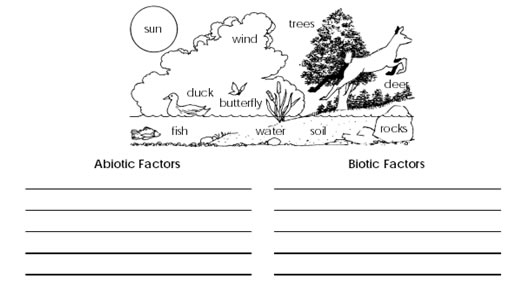



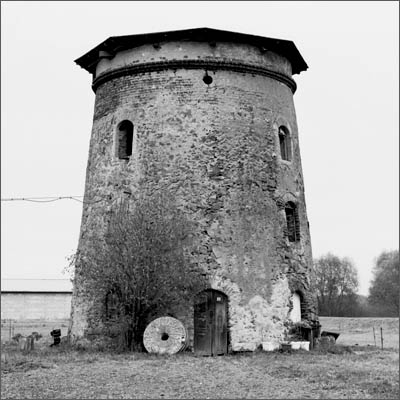
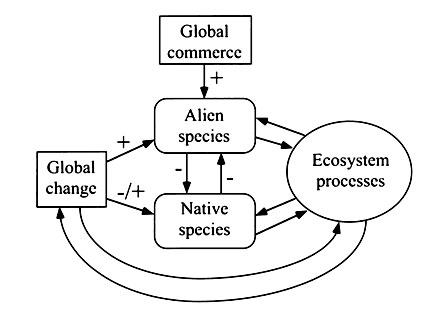
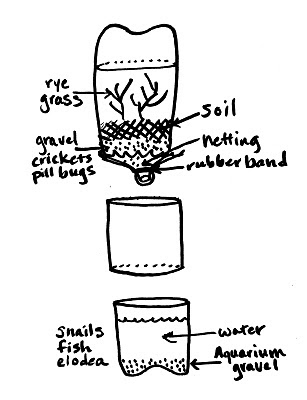
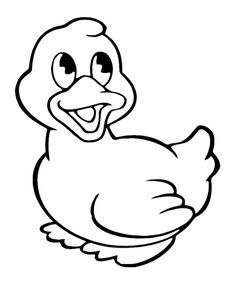
















Comments